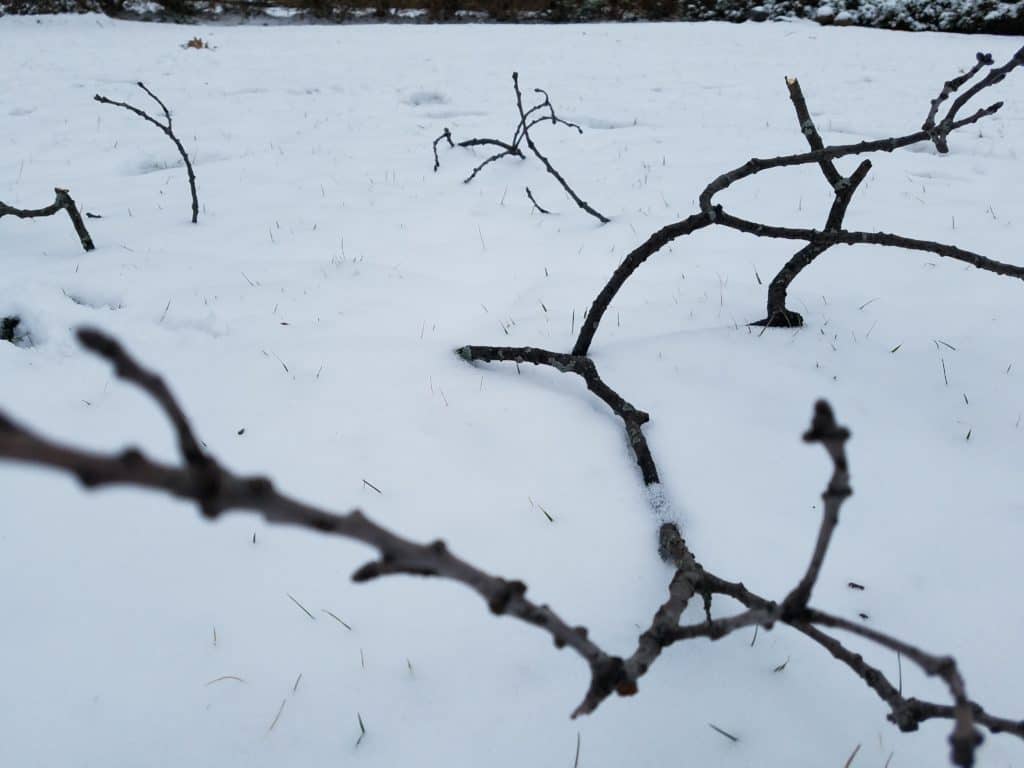
The branches lay upon the snow like the skeletal remains of a great beast whose carcass had been ravaged and cleaned. These were the bones and inclinations of a decade passed.
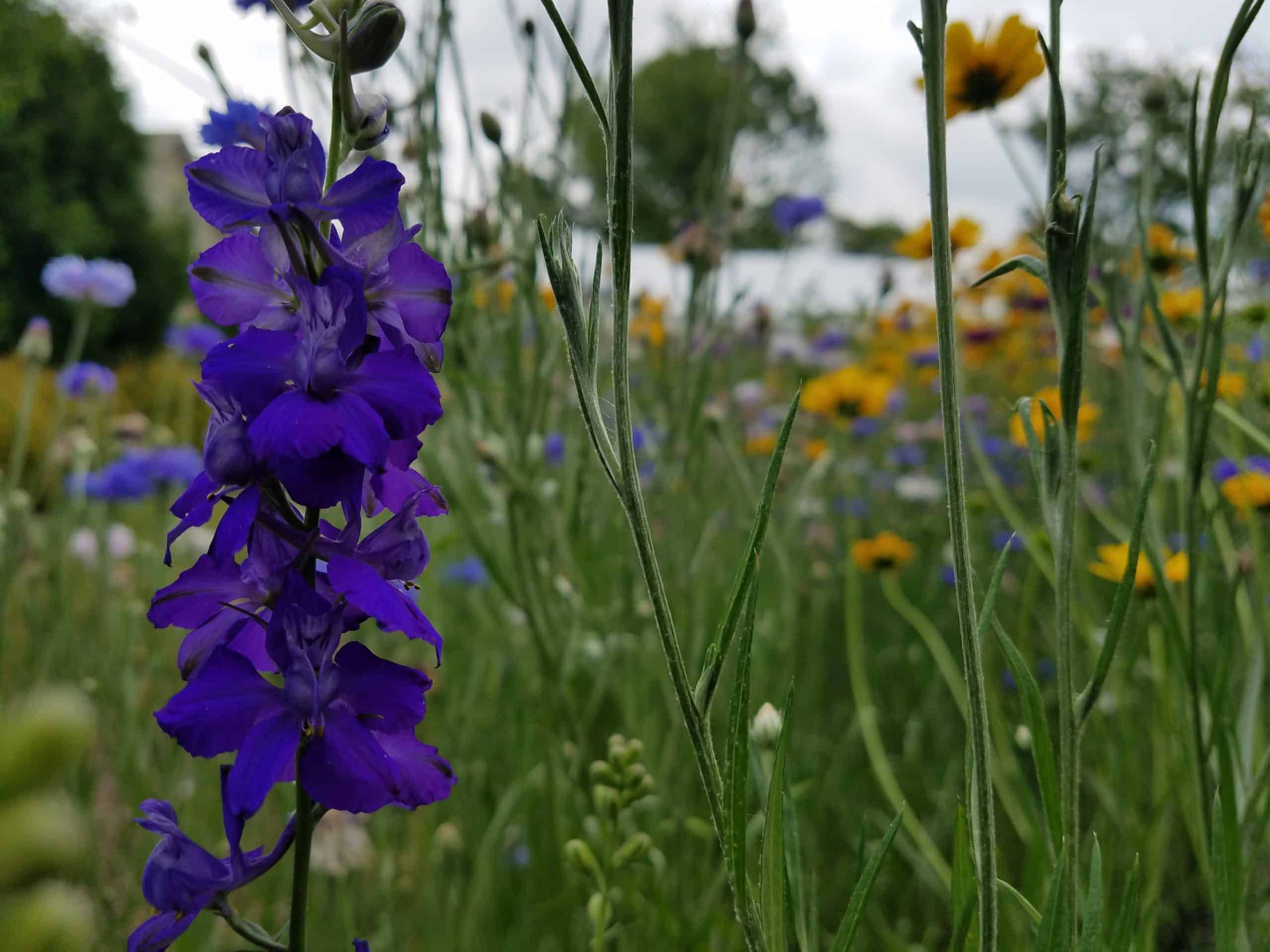
Now, that we have entered a new year and new decade, 2020 has introduced some exciting gardening trends, and they seem to have a common theme – native, sustainable, low maintenance, utilitarian, and wonderfully wild.
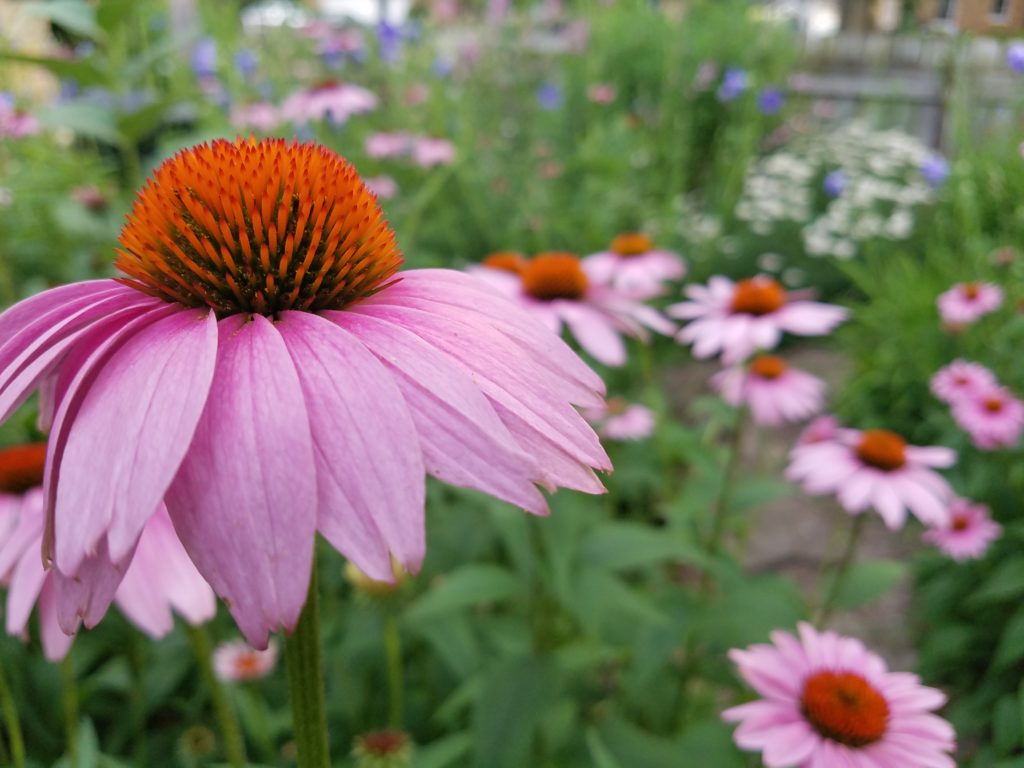
Native Plants
Native, as defined by Merriam-Webster, is “living or growing naturally in a particular region (indigenous)”. Native plants are generally low maintenance and flourish without need for supplemental watering, fertilizing or pruning. They also tend to attract pollinators and sustain local wildlife.
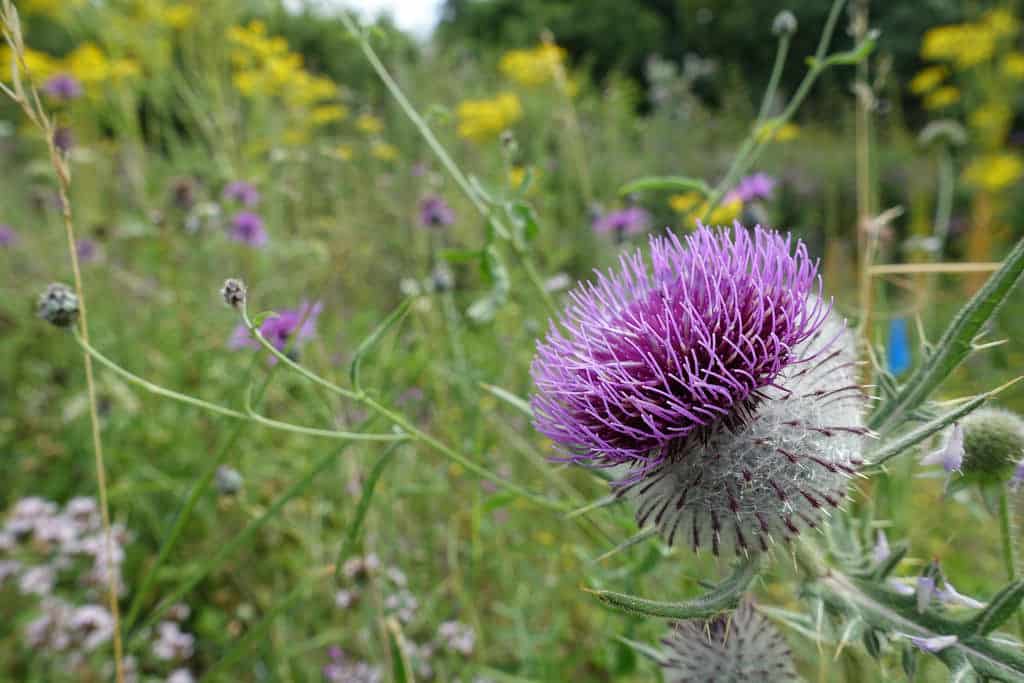
Wildlife-Friendly Landscapes
Diversity, diversity, diversity! In addition to flowering plants, look to plants that offer supplemental food sources, like berries and seeds. Offer water, sheltering sites, and protection from the elements. Allow shrubs to grow in their natural form, and let spent perennials stand through the Winter.
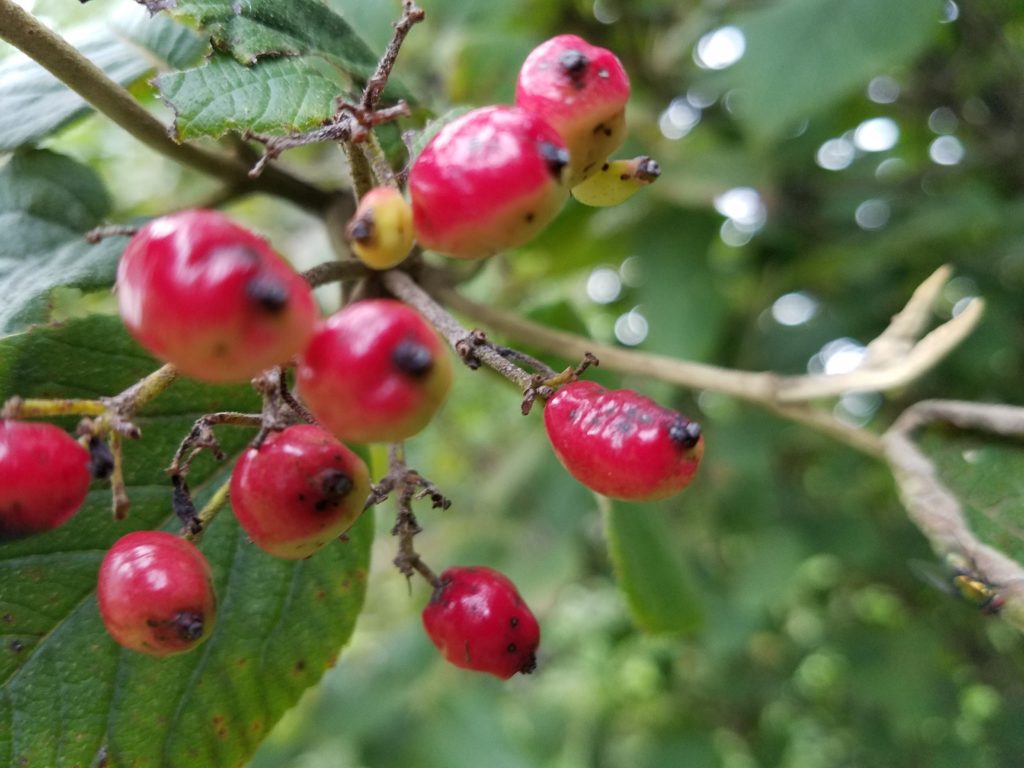
Edible Aesthetics
Vegetables, edible flowers, and fruit bearing plants are both beautiful and useful.
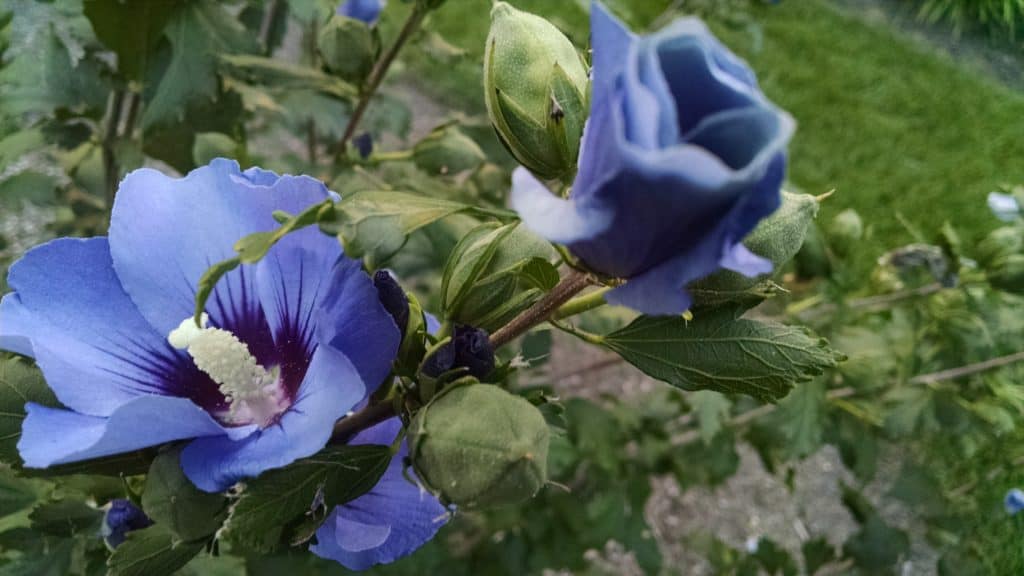
Dwarf Hybrids
When space is an issue, you don’t have to forgo your favorite plants. Look to Dwarf Hybrids. Not only do they require less room, they also require less pruning.
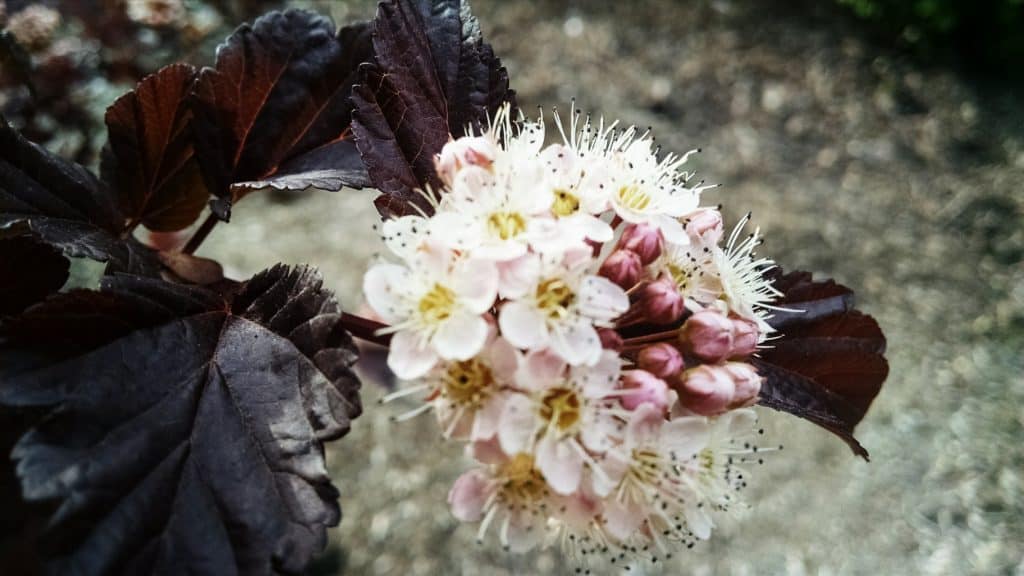
Dark Foliage
Add plants with red, purple or blackish leaves for instant contrast and interest.
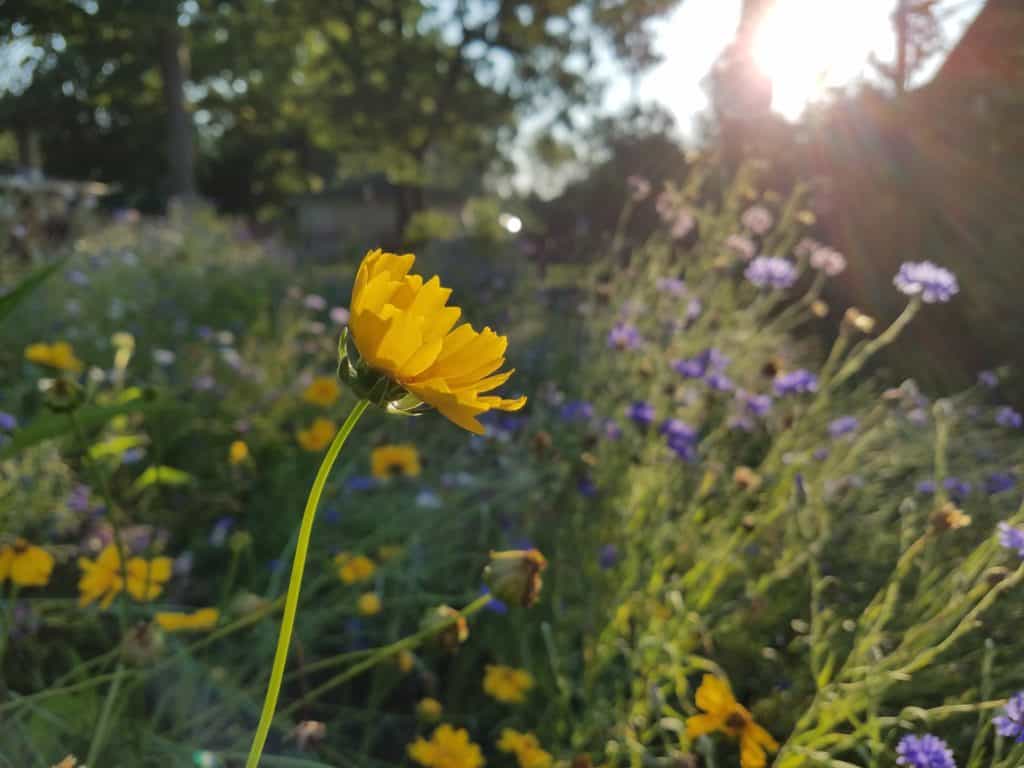
Ready to throw convention to the wind, and become a trend setter? Reach out to Sweeney’s today, and we’ll help you incorporate some or ALL of these wonderfully wild, sustainable and stunning trends into your garden this year. It’s never too early to get started!
Plant of the Week
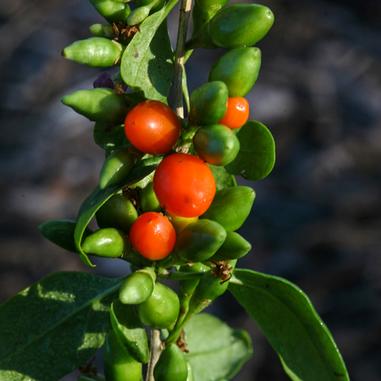
Big Lifeberry® Goji Berry
Deciduous shrub produces showy purple flowers in Spring followed by small green berries that ripen to a bright red when they’re ready to be harvested. Goji Berry will continue to produce fruit from late Summer until the first frost. Prefers sun to partial sun, and moist, well-drained soil. Grows 4-6′ tall and 4-6′ wide. Extra large fruit can be used in savory recipes. Can be grown in containers as well.
“We need the tonic of wildness.”
-Henry David Thoreau
Warm wishes,
Kim Sweeney

Watching the wildlife and pollinators native plants attract is truly enjoyable.
Native plants are beautiful, low maintenance and great for local wildlife and pollinators. Thanks for sharing!